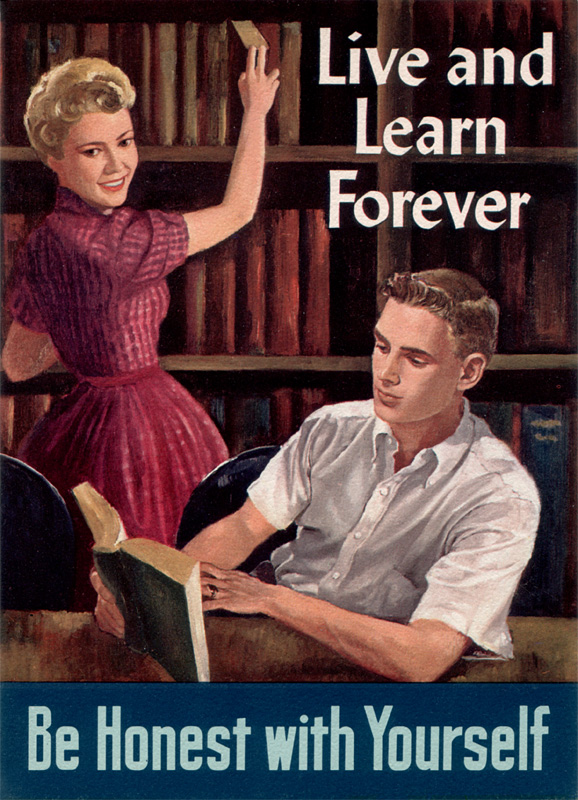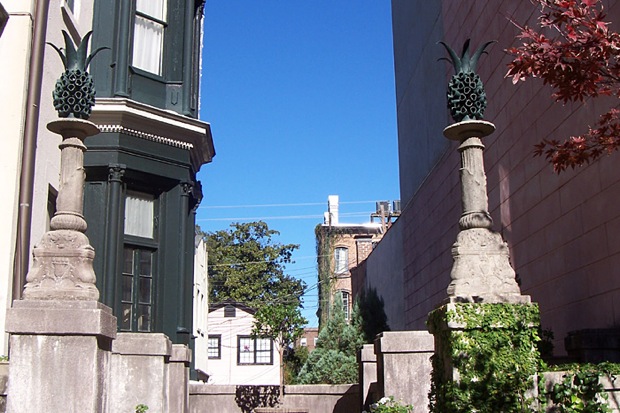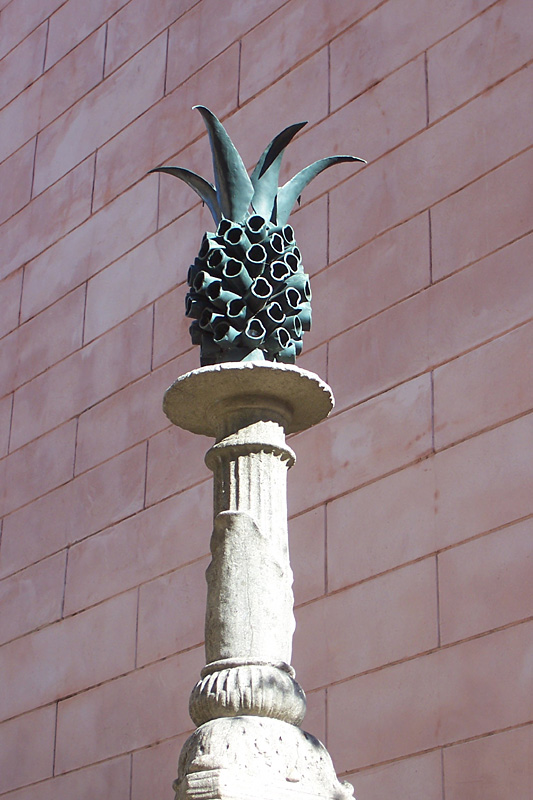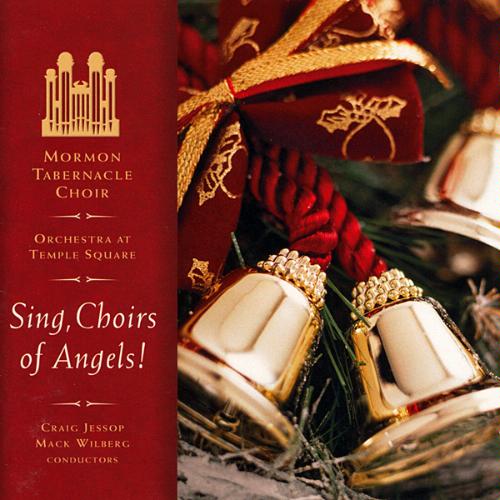White Elephant
A white elephant is a supposedly valuable possession whose upkeep exceeds its usefulness, and it is therefore a liability. The term derives from the sacred white elephants kept by traditional Southeast Asian monarchs in Burma, Thailand, Laos and Cambodia. To possess a white elephant was regarded (and still is regarded, in Thailand and Burma), as a sign that the monarch was ruling with justice and the kingdom was blessed with peace and prosperity…
P.T. Barnum once sent an agent to buy a white elephant, sight unseen, hoping to use it as a circus attraction. When it arrived in Bridgeport, Connecticut, it was covered with large pinkish splotches and was not white at all. The public was not impressed and Barnum had to keep his “white elephant” hidden from public view in a stable while he tried to decide how to recover some of the high cost. The elephant later died when his stable burned down.
Source: Wikipedia
As you might guess from something like the Tiny Pineapple Nurse Book Collection, my family excels at White Elephant gift exchanges. All through the year, we hoard the obscure, the bizarre, and the grotesque, waiting for the perfect opportunity to unload the atrocities on unsuspecting friends and family members. And if our first White Elephant party of the year is any indication, this year’s haul could be one of the best/worst ever.
Here are just three examples of the glorious bounty so far…
Zippy the Pinhead Yellow Yarn Gorilla Baby
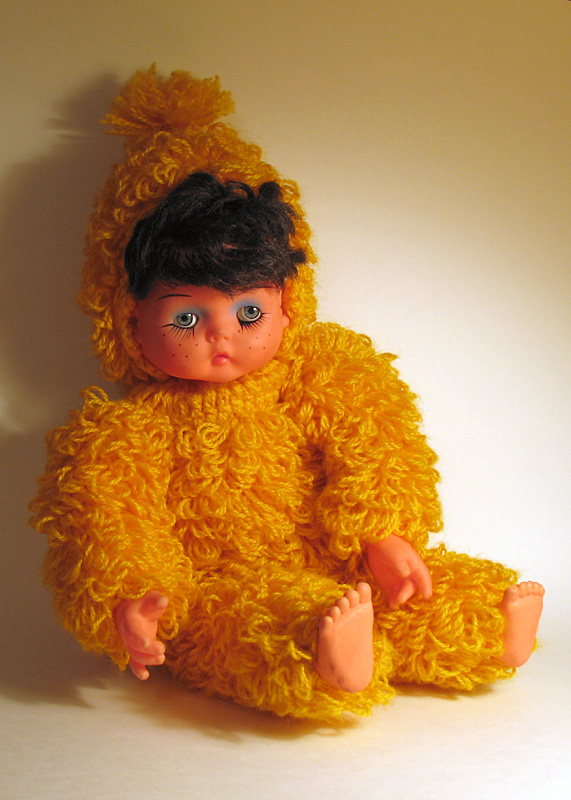
I don’t even know where to start. The blue eye shadow? The lush lower lashes? Or perhaps the fact that the yellow looped-yarn outfit isn’t an outfit at all; it’s the body of the thing? (The “hood,” which gives the whole thing a distinct Zippyesque quality, is actually stitched into the doll’s skull.)
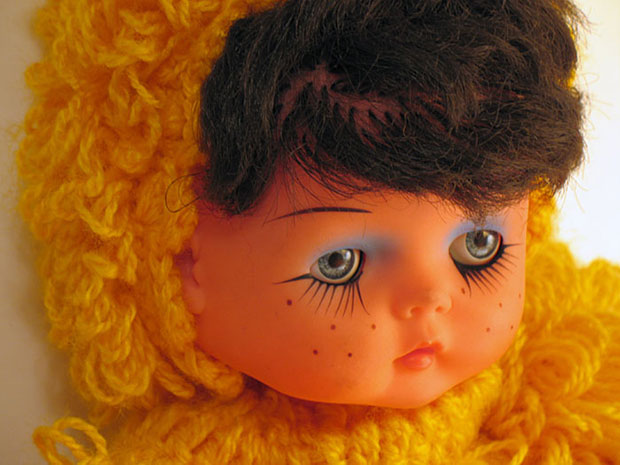
I had this cherubic spawn of craft-hell sitting in my room for a few days, but even though I’ve returned it to its rightful owner, if I wake up in the middle of the night, I can still see its ghostly specter sitting on my dresser, feeding on my soul.
Sad Clown Candle

The sad clown watches,
His tender tears set in wax.
Light the wick and weep.
I’m sure this candle was a rich pearlescent white when it left the craftsman’s workbench, but the passing decades have given this waxy homage to “Le Clown Triste” the same yellowish hue as rancid tripe. Every time I even look at the thing I feel like I need to wash my hands.
Wendy can be thankful that I didn’t end up with this beauty, otherwise it would be on its way to Kauai right now.
Dalibor: playing the organ for his parents…
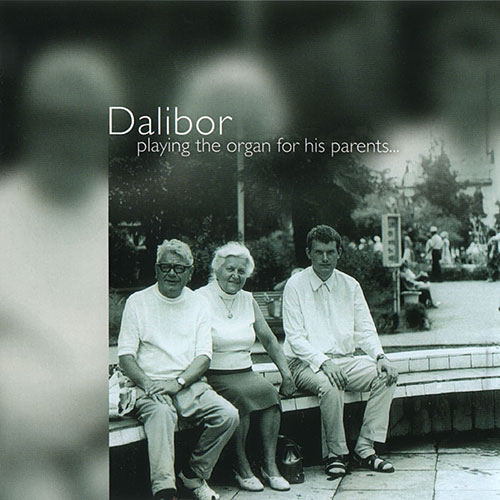
This music CD was presented to my sister-in-law, Pam, by her Czech gynecologist, Dr. Dalibor Hrádek. It features an original four-part composition recorded at St. John the Baptist Church in Glandorf, Ohio on January 21, 2001.
Unfortunately, I’ve been conditioned to associate this style of organ music with silent films, leaving me with the impression that mornings around the Hrádek breakfast table must have been like something out of Murnau’s Nosferatu.
Pam informed me that there is a companion piece: Dolibor: playing the organ for his son…
Maybe next year.
